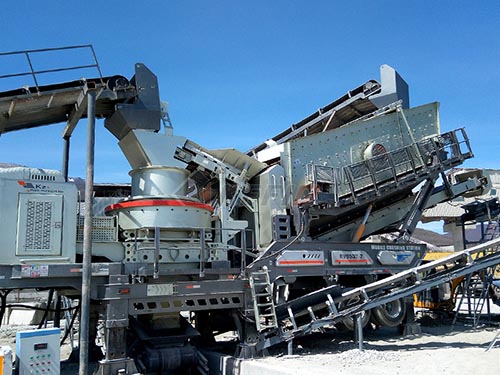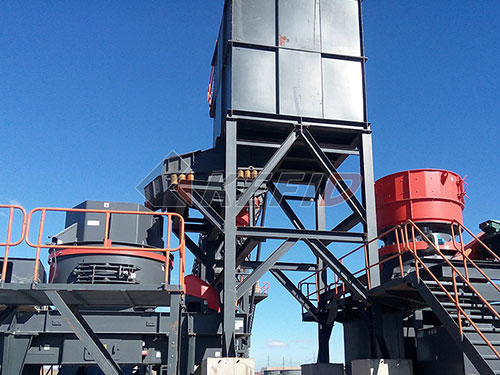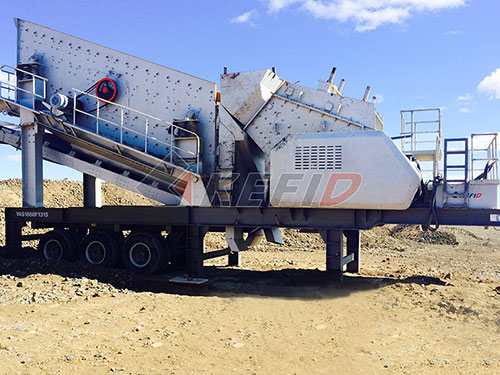Cameroon 200tph Granite Crushing Line: A Model of Efficiency and Sustainability
Introduction
Cameroon, endowed with abundant granite resources, has witnessed growing demand for high-quality aggregates to support infrastructure development and urbanization. To meet this demand, a state-of-the-art 200-ton-per-hour (tph) granite crushing line was established, showcasing advanced engineering solutions and sustainable practices. This article explores the project’s design, technological innovations, operational efficiency, and its impact on Cameroon’s construction sector.

Project Overview

The Cameroon 200tph granite crushing line was designed to process raw granite into high-quality aggregates for road construction, concrete production, and architectural applications. Located in a resource-rich region, the project prioritizes efficiency, environmental compliance, and adaptability to local conditions. objectives included:
– High Production Capacity: Achieving a steady output of 200tph to meet large-scale infrastructure needs.
– Optimal Resource Utilization: Minimizing waste through advanced crushing and screening processes.
– Environmental Protection: Implementing dust suppression and noise reduction technologies.
Equipment Configuration and Workflow
The crushing line integrates robust machinery tailored for granite’s hardness and abrasiveness. The configuration includes:
1. Primary Crushing: A heavy-duty jaw crusher (e.g., PE750×1060) reduces raw granite blocks (<630mm) to ≤150mm particles. Its high crushing ratio ensures efficient initial size reduction.
2. Secondary Crushing: A hydraulic cone crusher (e.g., HPT300) further processes materials into ≤40mm intermediate products while maintaining low wear costs.
3. Tertiary Crushing and Screening: A multi-deck vibrating screen (e.g., 3YZS2160) classifies materials into 0-5mm, 5-10mm, 10-20mm, and 20-40mm specifications. Oversized particles are recirculated through a vertical shaft impact crusher (VSI) for precise shaping.
This three-stage process ensures uniform particle size distribution and enhances product quality for diverse applications.
Overcoming Challenges
The project faced several challenges inherent to Cameroon’s operational environment:
1. Infrastructure Limitations: Remote locations necessitated modular equipment designs for easier transportation and assembly.
2. Power Supply Instability: Diesel generators were incorporated as backup systems to ensure uninterrupted operations during grid outages.
3. Dust and

Leave a Reply